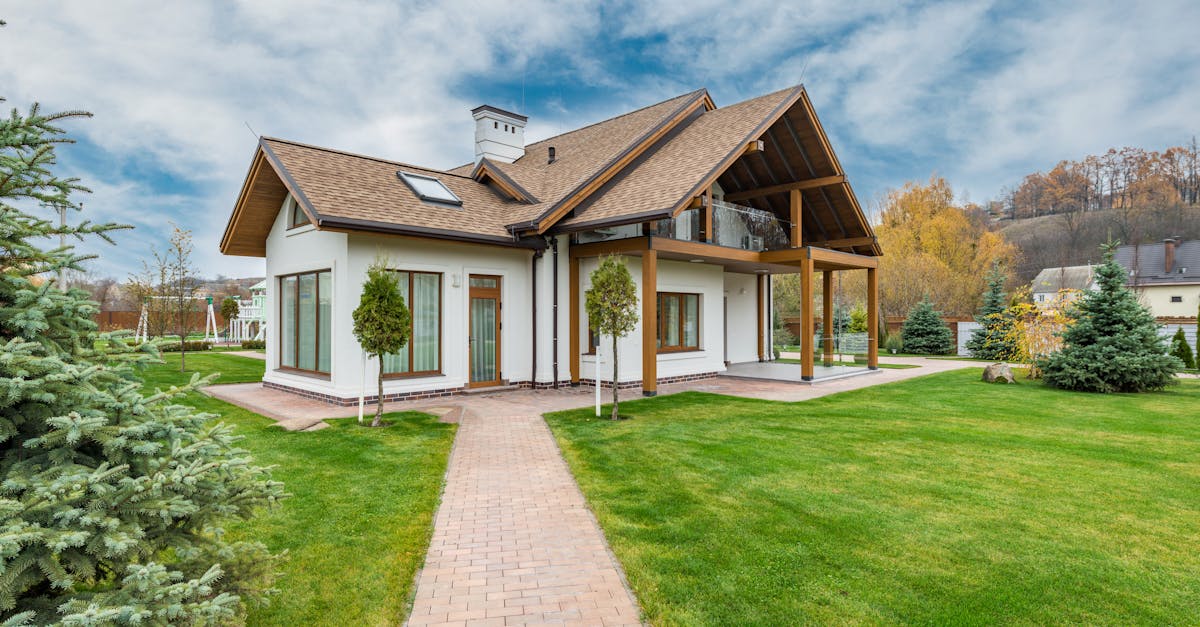
Heat Reflectivity Performance Analysis
essential to understand that Colorbond roofing is engineered to provide both durability and thermal performance, contributing to a more comfortable and energy-efficient living or working environment.
FAQS
Does Colorbond roofing contribute to environmental sustainability?
Yes, Colorbond roofing is known for its eco-friendly features, such as recyclability and energy efficiency, making it a sustainable roofing option.
How does Colorbond roofing compare to other roofing materials in terms of heat reflectivity?
Colorbond roofing is highly regarded for its heat reflectivity properties, outperforming many other roofing materials by reflecting a significant amount of heat away from the building.
Are there any misconceptions about Colorbond roofing and its heat retention capabilities?Table Of Contents
Yes, there are common misconceptions about Colorbond roofing retaining heat, but in reality, Colorbond roofing is designed to reflect heat, helping to keep buildings cool in hot weather.Maintenance Tips for Colorbond Roofing
What are some eco-friendly features of Colorbond roofing that contribute to sustainability?
Colorbond roofing is made from recyclable materials, has high solar reflectance, and is energy-efficient, making it a sustainable choice for environmentally conscious consumers.Extending the Lifespan of Your Roof